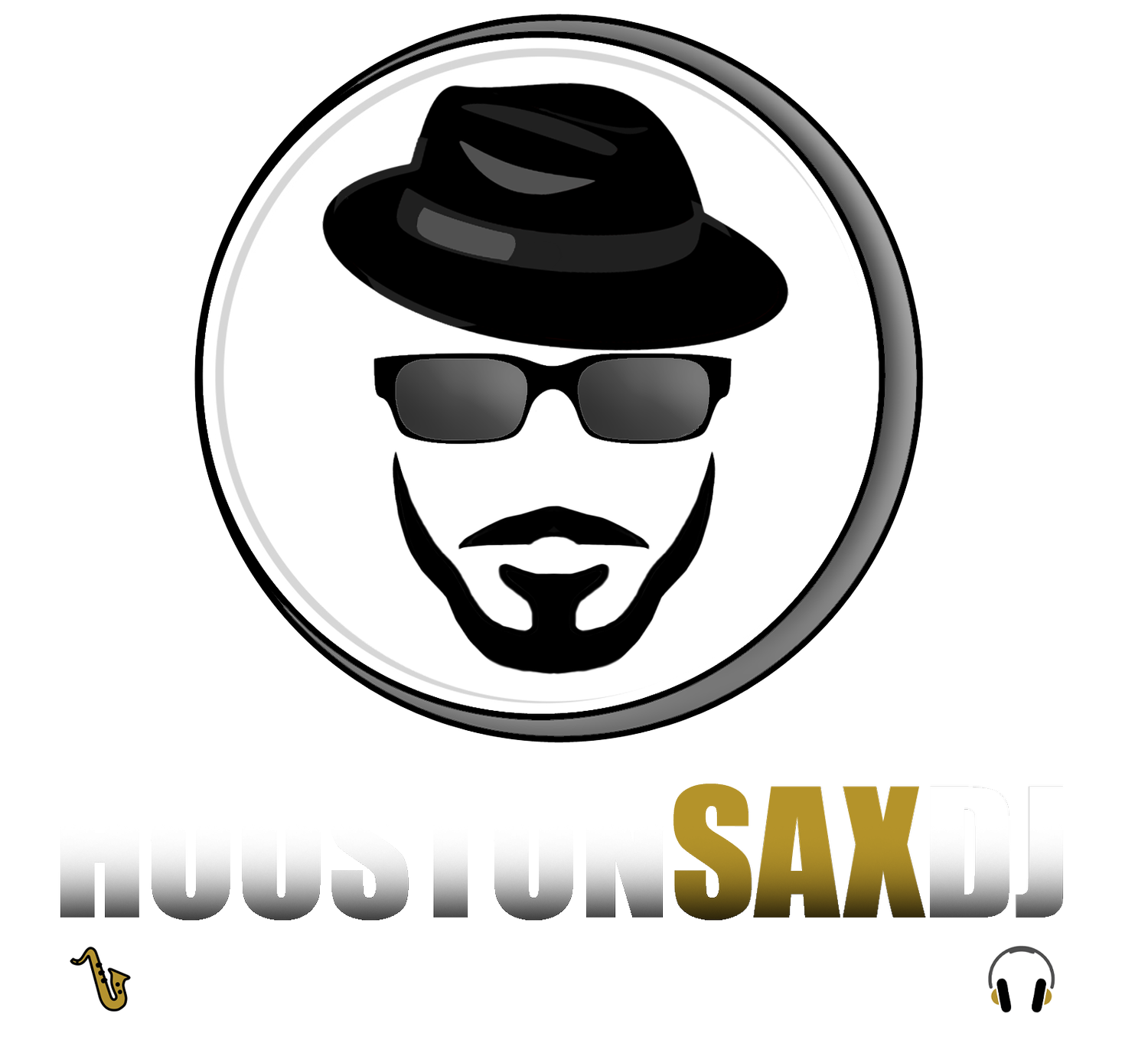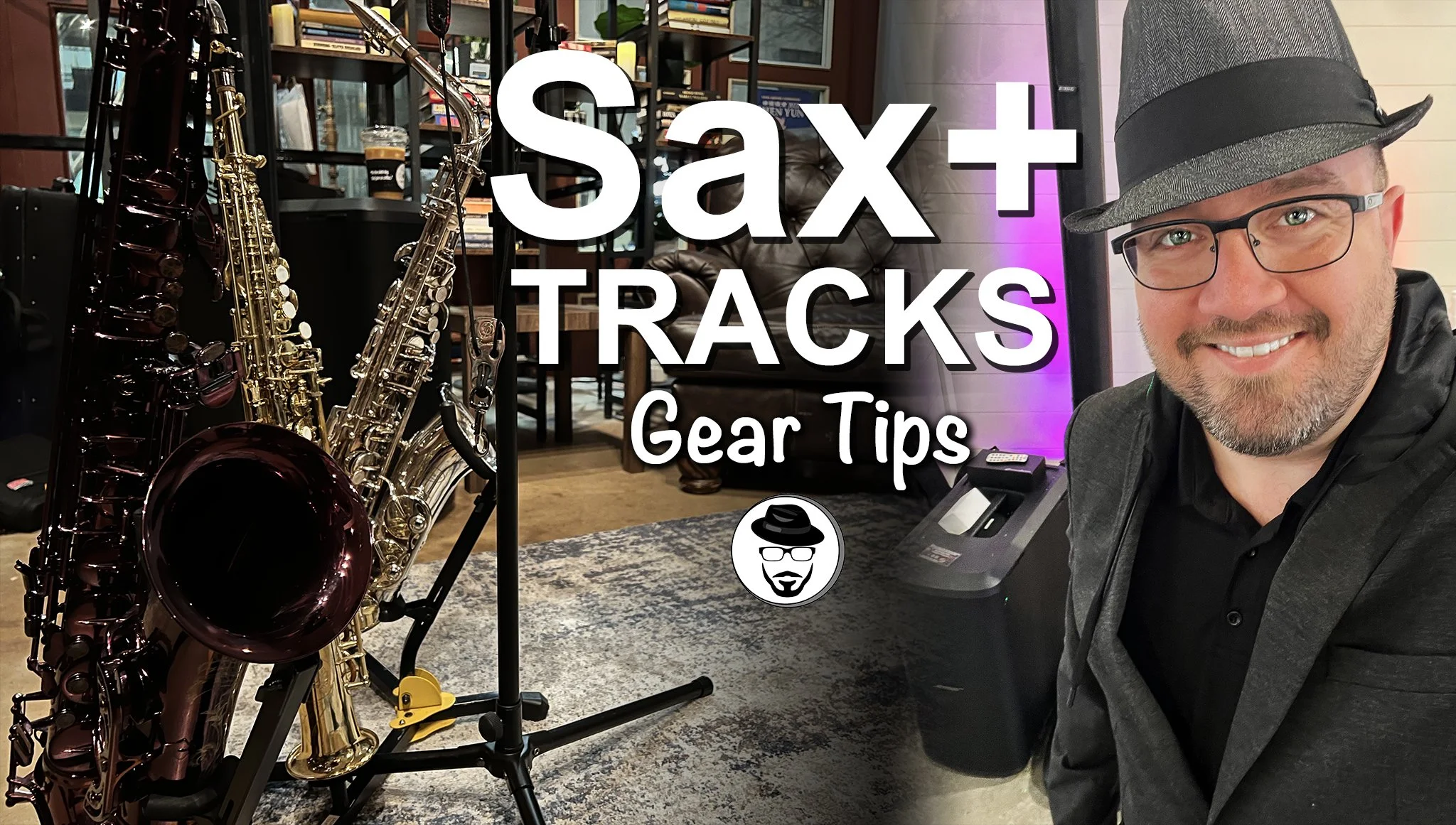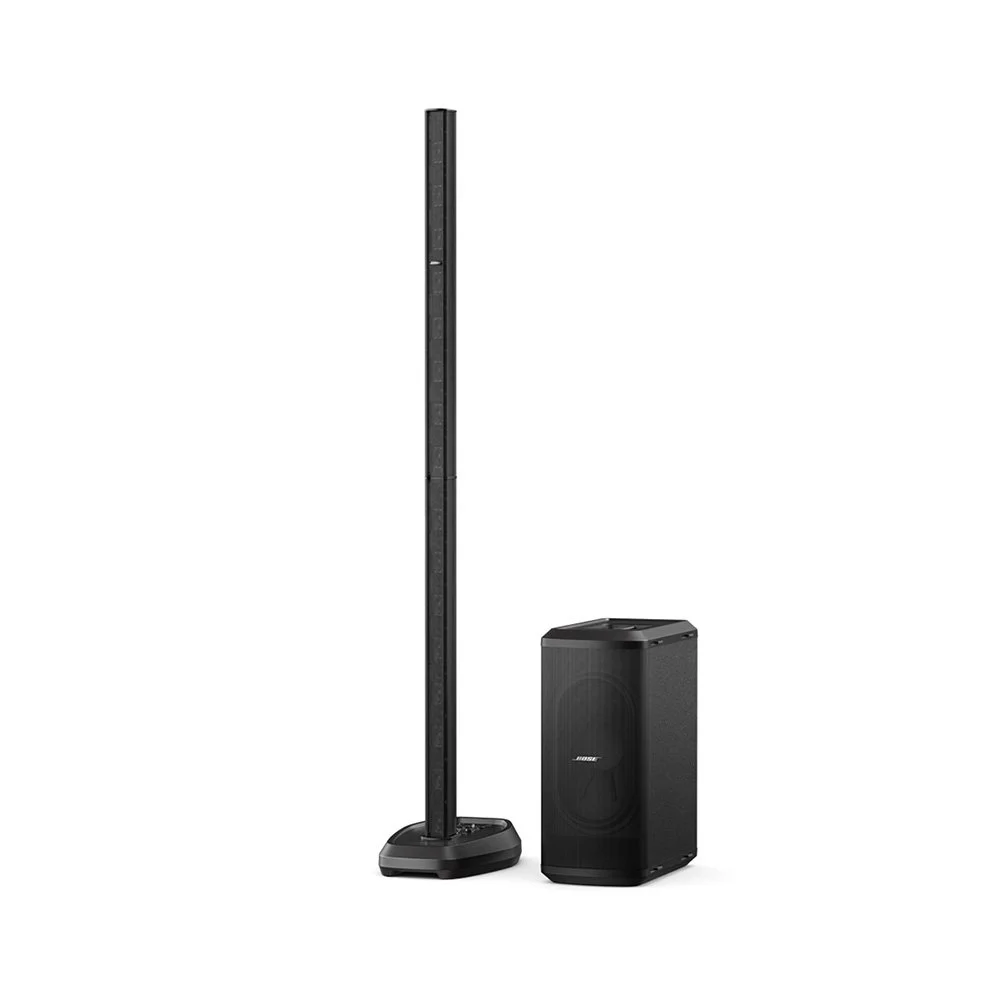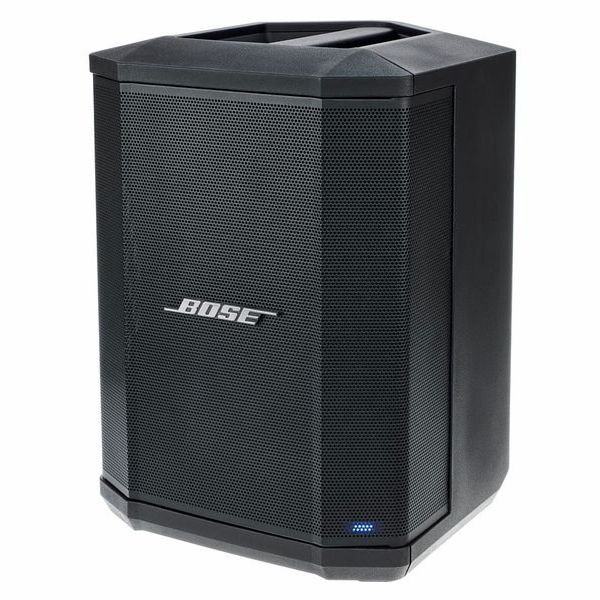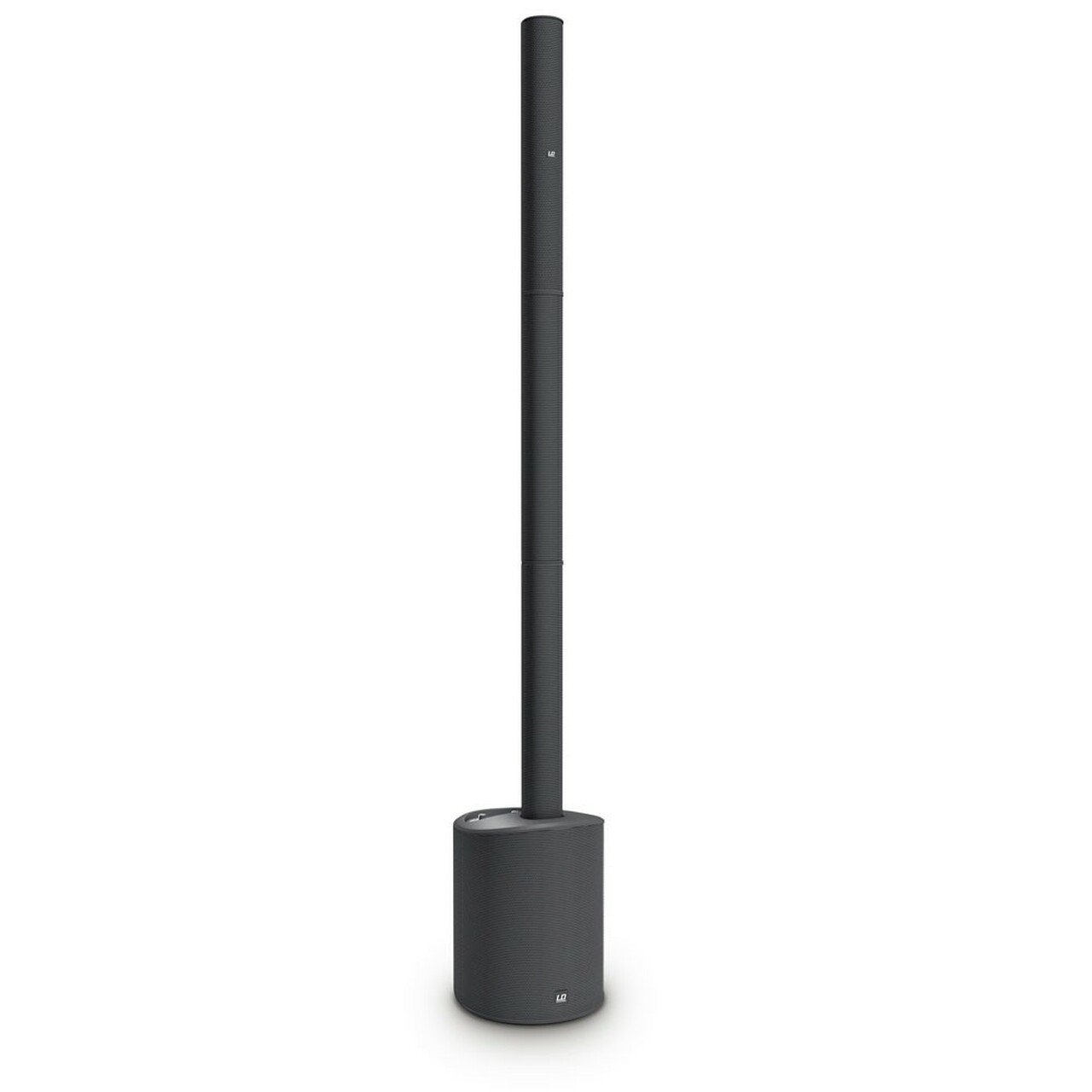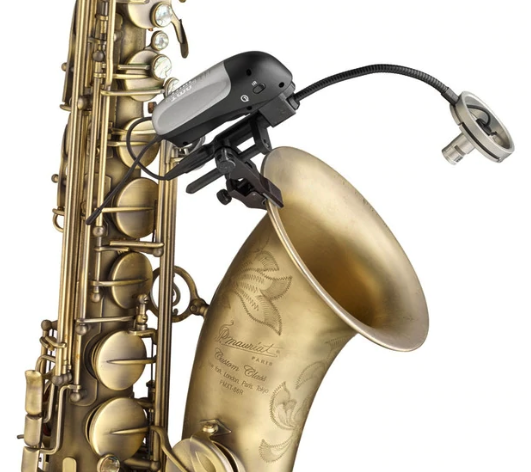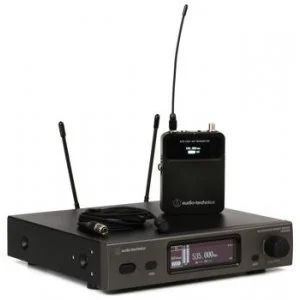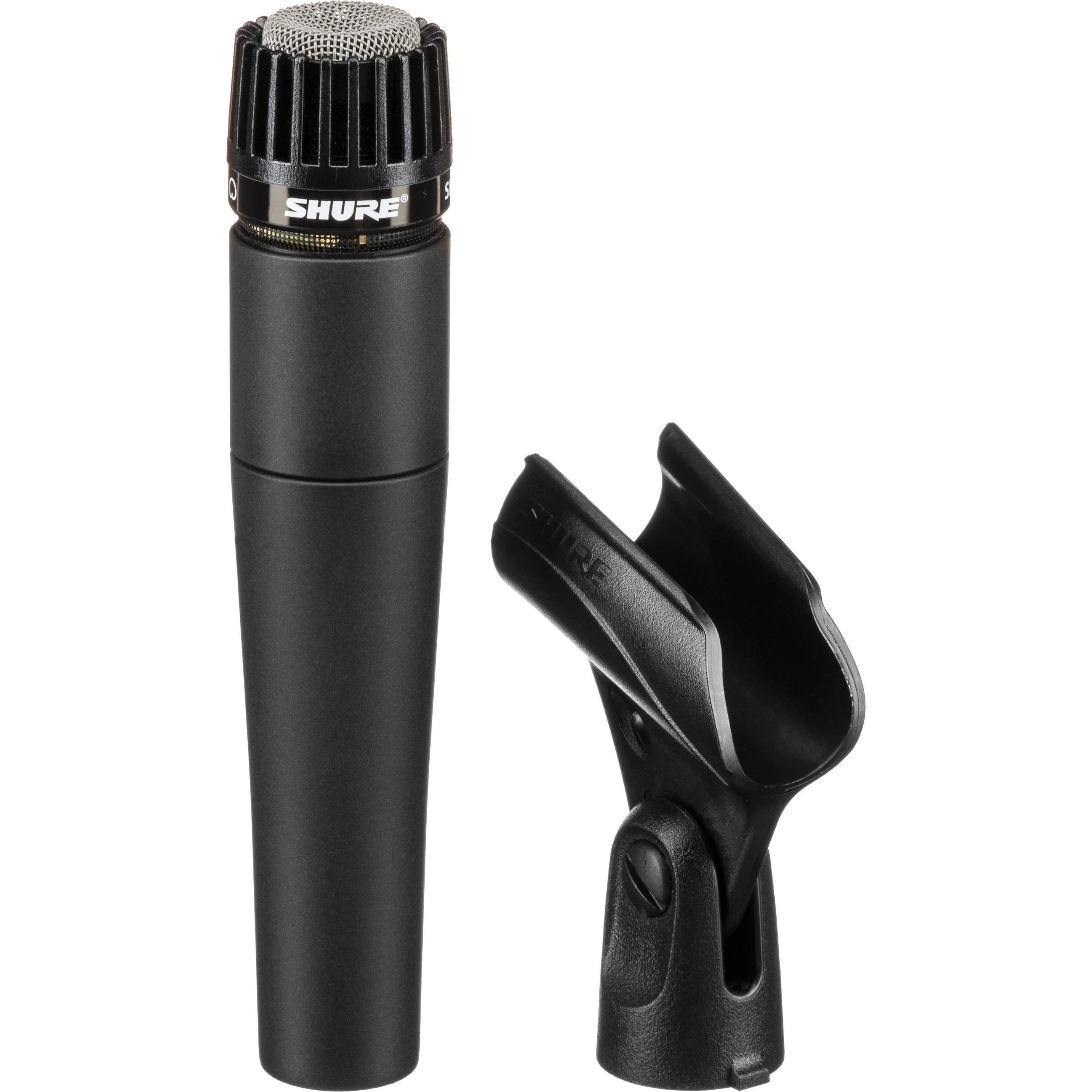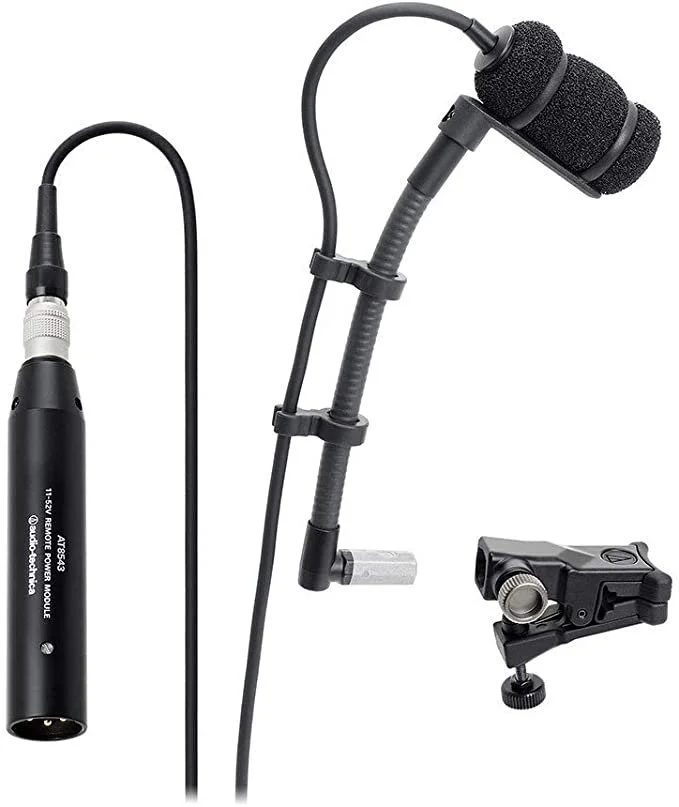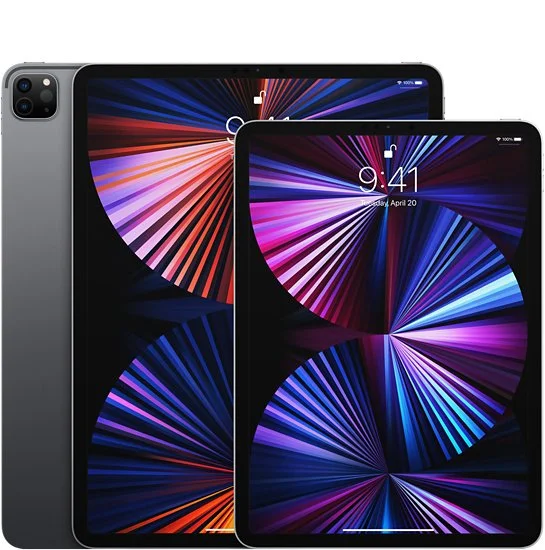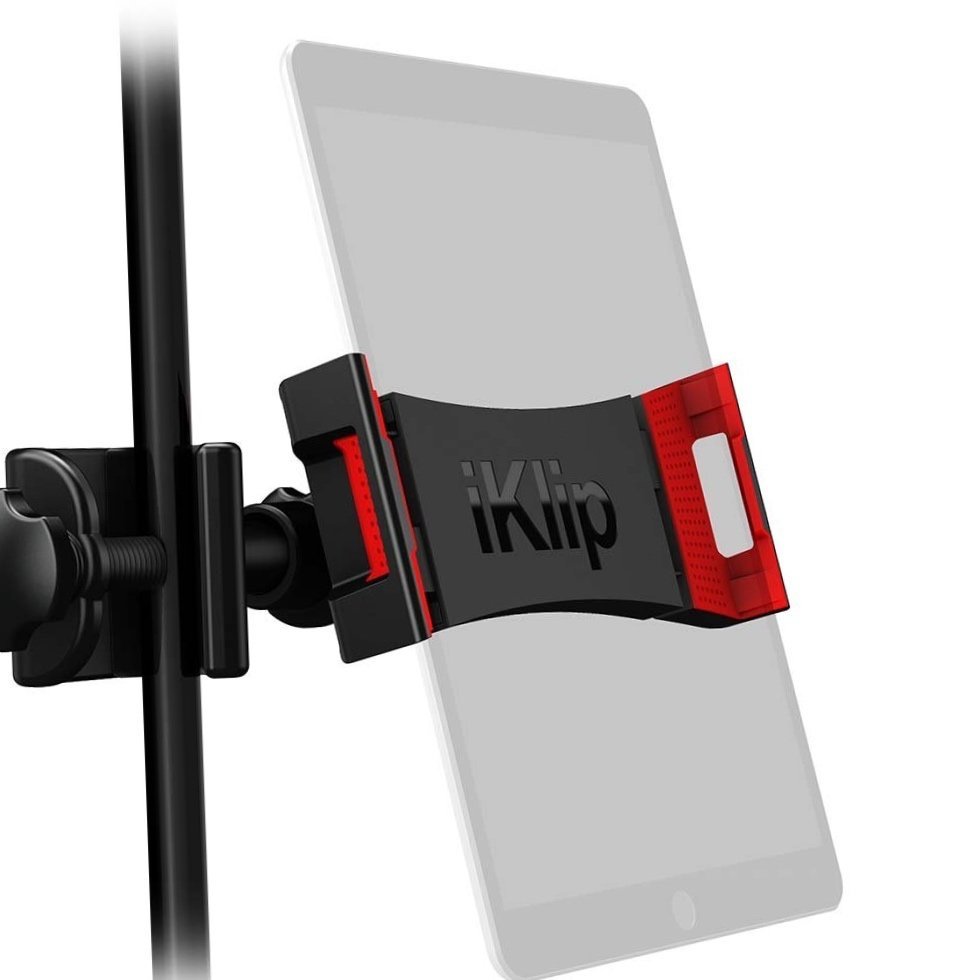20+ year music industry veteran and business professional, Zach Spruill, offers insight on equipment and best practices for sax players and other musicians to provide a top quality one-man-band experience.
Getting Started
Anyone can play saxophone along with backing tracks. However, to truly deliver a top quality musical experience to your clients you need to understand where to find and how to employ the right gear and material for the job. In this post, I’m going to introduce you to the audio gear I use as well as other recommendations for the price conscious musician on a budget who is just getting started.
The PA System
The first order of business…the PA system you select is going to have a DRAMATIC impact on the client’s (and their guest’s) musical experience. The better sounding…the more emersive…the better the musical experience for all involved. This is why for YEARS I have only chosen Bose Portable PA Solutions. Personally, I have found them to be the best sounding and most portable professional PA systems on the market. That in mind, I employ multiple (or a combination of) Bose PA systems that help me provide the best possible sound in any given environment. These include a Bose L1 Pro 32 with Sub 2 Bass Module as well as two Bose S1 Pro portable, battery powered PA systems. I use any combination of these systems to fill any size space with high quality sound.
Not only do Bose professional PA system products fill any size space with exceptionally high quality audio, they are lightweight, intuitive, and extremely easy to use. Plug them in, turn them on, connect via bluetooth, and off you go. It’s that simple. The Bose L1 Pro 32 with Sub 2 module is enough to fill almost any reasonably sized indoor or outdoor space with music and sound amazing doing it. The Bose S1 Pro provides a SURPRISING amount of punch AND low end sufficient for small spaces. It’s also battery powered…ideal for outdoor solutions when available power sources are at a minimum. Personally, I employ 1 S1 Pro for small spaces, 2 S1 Pros for medium spaces, the L1 Pro 32 with Sub 2 for larger spaces, and all 3 for the largest of spaces. Any combination of these 3 portable PA solutions has allowed me to provide a great musical experience in any sized venue I have encountered.
However, we all know that while many adjectives could be used to describe Bose products…inexpensive isn’t one of them. For that reason, I also present to you the more affordable Harbinger MLS1000 and LD Systems Maui 5. Both are bluetooth compatible and provide a good audio experience relevant to their price points. Click on the images below to learn more about each. They won’t cover as much area as the Bose products I previously mentioned, but are much more price conscious options for musicians just beginning their one-man-band adventure or who tend to perform in smaller venues and audio power isn’t a huge concern.
Those with some portable PA knowledge may have noticed that most of the products I have mentioned are portable Line Array systems. That’s because, in terms of portable audio, these types of systems have become much more accessible by even the most price-conscious musicians and make for a much easier set-up and tear-down in most cases. They eliminate the need for powered monitor, mixer, external effects, speaker stands, audio peripherals, etc, etc, etc. Portable Line Array systems are much less cumbersome, sound great, and get the job done much easier.
Next Up…Microphones
While it’s relatively easy to make sure your backing tracks sound their best by using high-end speakers, the next step is determining how to best mic your saxophone. You’ll want a microphone that delivers high-quality audio, is durable, and will last you a long time. For me…that microphone is the Applied Microphone Technology (AMT) Q7-LS Mini. Not only does this wireless microphone system sound AMAZING, but it also runs off battery power for those instances when power availability is at a premium. AMT microphones provide live and studio quality sound replication so incredible I would put them up against any microphone company in the market whether it be for live or studio applications. They are hand-made in the U.S.A and their goal is to acquire the contemporary sound of live performance while maintaining the pure reproduction of the individual instrument. I encourage you to visit their website (links above) for more information on how they can help you best project or record your individual instrument.
While I’ve found AMT wireless systems fulfill my needs of amazing sound quality, portability, and maneuverability for any and all live situations, understandably there is the need for more affordable options. In which case, I recommend the Shure Beta 98 Wireless Instrument Microphone System or Audio Technica ATM350UcH Wireless Instrument Microphone System.
Is wireless too expensive?
While wireless microphones offer you the freedom to move around and better enjoy the playing experience, the question remains…what if a wireless microphone system isn’t in your budget and you need to consider hardwired options? In that case, there is no substitute for a trade and true Shure SM57 mounted on a mic stand. No other hardwired microphone on the market will stand up to years of abuse on the road and continue to replicate real instrument sound like a Shure SM57. It sounds good, is extremely durable, and it will practically last a lifetime. So, if sticking to a budget is your goal or hardwiring your microphone is necessary, this is the path I would recommend. However, if you prefer to not be tied to a mic stand, Audio-Technica also makes wired clip-on options that offer a bit more mobility (image below). Just be careful not to step on the mic cable when you get to roaming around the stage!
The Backing Tracks
Jazz Standards: There are a variety of sources for good quality backing tracks depending on what genre you’ll be playing. For Jazz standards, I recommend the The Real Book Play Along Volume 1 - Usb Flash Drive. While the tracks sound good, there is one caveat…in order to use these in a live gig situation, you will need to use some type of audio editing/recording software to edit out the “a-one, a-two, a-one, two, three…”vocal snippet that counts off each track. I recommend replacing the words with some type of stick click or hi-hat sound to count things off. GarageBand works well for this, but there are many DAW options available to get this done.
Smooth Jazz: One of my favorite resources for smooth jazz tracks is SmoothJazzBackingTracks.com. Owner Martin Funderburk has been putting out high quality backing tracks for years in a variety of instrumentations, and there are lots to choose from. Tunes available were originally performed by artists like Dave Koz, Gerald Albright, Richard Elliot, Kenny G, and many others.
Pop/Cover Tunes: For popular songs from any era, Karaoke tracks are my go to. There are a ton available from your favorite music provider. I purchase many of them from iTunes. You do have to be careful though. Some of the karaoke tracks you’ll come across aren’t recorded well or don’t sound good for one reason or another. You’ll definitely want to listen to a sample of any track before purchasing it, and I recommend using headphones to do so.
The Tablet
I prefer to play my tracks and read any needed music or set lists from the same device. Personally, I use a 12.9” iPad Pro because it’s screen size makes it easy to view and use, and it will store lots of gig related data. Of course, there are many tablet options on the market, so choose the one that makes the most sense for you and your budget. Typically I’ll mount the iPad to a microphone stand using an IK Multimedia iKlip 3 for easy viewing. Since the Bose PA units are bluetooth compatible, connection and playing the tracks is easy. If you don’t have a PA system with bluetooth capability, you’ll need to connect your tablet to your system using an audio cable and Apple adapter.
While the cost of music gear can easily get out of control, it’s important to understand that the better quality gear you’re able to use…the better you’re going to sound. If you’re just getting into this type of performing I recommend defining what your budget will be so that you can determine which equipment you’re willing to break the bank on and which gear you’re willing to purchase more modestly. Now that I’ve outlined the gear I use and also offered alternative options, hopefully you feel confident in beginning to select and make use of your new gear! Feel free to leave comments and questions below. I’m always happy to help fellow musicians in any way I can.
